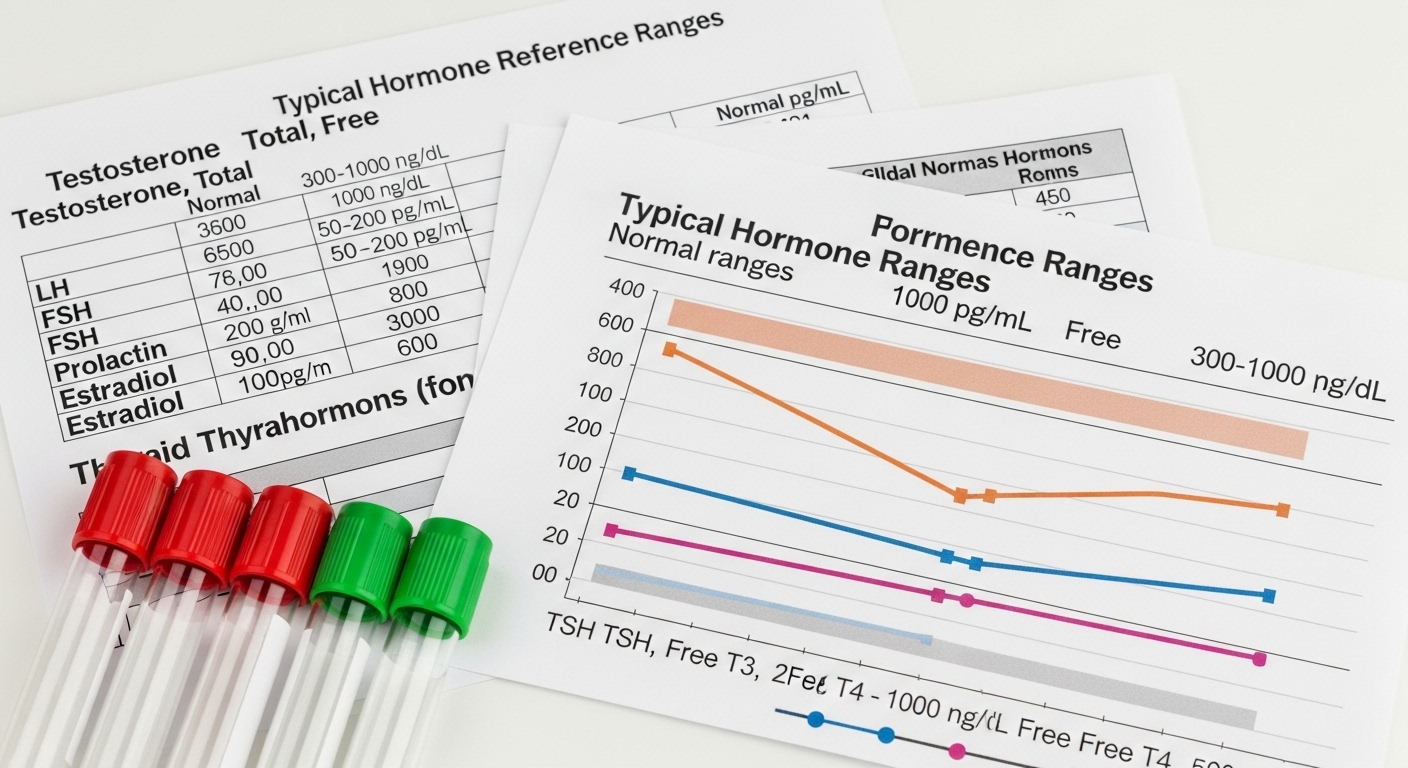Dr. Kumar’s Take
This study tackled a big problem: what exactly counts as “normal” testosterone? Different labs often report very different ranges, leading to confusion in diagnosis. By harmonizing data across multiple large cohorts, researchers created reference ranges that are more consistent and clinically useful. This helps doctors make clearer decisions about when low testosterone is truly low.
Key Takeaways
✔ Harmonized ranges for testosterone were established across four large population cohorts.
✔ Normal total testosterone in healthy men ranged from roughly 264 to 916 ng/dL.
✔ These ranges provide a more reliable basis for diagnosing hypogonadism.
✔ Standardization reduces variability caused by lab assay differences.
Actionable Tip
If your testosterone results seem borderline, ask your doctor which reference range the lab is using. Harmonized ranges offer a more consistent standard and may clarify whether treatment is appropriate.
Brief Summary
This study analyzed testosterone levels from over 9,000 healthy men in the United States and Europe, across four major cohort studies. By harmonizing assay differences, researchers created a standardized reference range for circulating testosterone. The findings provide a more reliable cutoff for diagnosing hypogonadism and improve consistency across clinical practice.
Study Design
The study pooled serum samples from four large population-based cohorts. Researchers used mass spectrometry and advanced statistical harmonization techniques to adjust for assay variability. They then calculated reference ranges for total testosterone across age groups, ensuring that only healthy men without known endocrine disorders were included.
Results
- Reference range for healthy men was 264–916 ng/dL.
- Harmonization reduced variation caused by different lab assays.
- Cutoffs were stable across US and European populations, strengthening generalizability.
- Age-related decline was confirmed, with younger men having higher average levels.
Why Reference Ranges Matter
Without consistent ranges, one lab might label a man hypogonadal while another would not. This study improves diagnostic clarity by offering standardized cutoffs that can be applied globally. It also provides a benchmark for future clinical research on testosterone.
Related Studies and Research
Podcast: Testosterone Replacement Therapy Explained – Anchor episode with a clear breakdown of TRT.
How TRT Builds Muscle and Strength – Meta-analysis showing consistent increases in lean body mass.
TRT and Sexual Function in Hypogonadism – Improvements in libido, energy, and concentration.
Subcutaneous vs Intramuscular Testosterone – Evidence on subcutaneous administration compared to IM.
Frequently Asked Questions
Why do different labs report different testosterone ranges?
Assay methods differ, especially between immunoassays and mass spectrometry. This study corrected for those differences, creating a standardized reference.
Does age change the normal range?
Yes. Younger men tend to have higher testosterone levels, while levels decline gradually with age. The study still produced a single harmonized range for clarity.
What does this mean for men with borderline results?
Men near the lower cutoff (around 264 ng/dL) may need repeat testing and evaluation of symptoms. The harmonized ranges give doctors a more objective tool for decision making.
Are free testosterone levels included?
This study focused on total testosterone. Free testosterone can also be important, but standardized reference ranges for free levels remain less well established.
Conclusion
This landmark study provides doctors and patients with harmonized testosterone reference ranges, making diagnoses of hypogonadism more consistent worldwide. By reducing confusion caused by lab variability, it offers a stronger foundation for both clinical care and future research.


